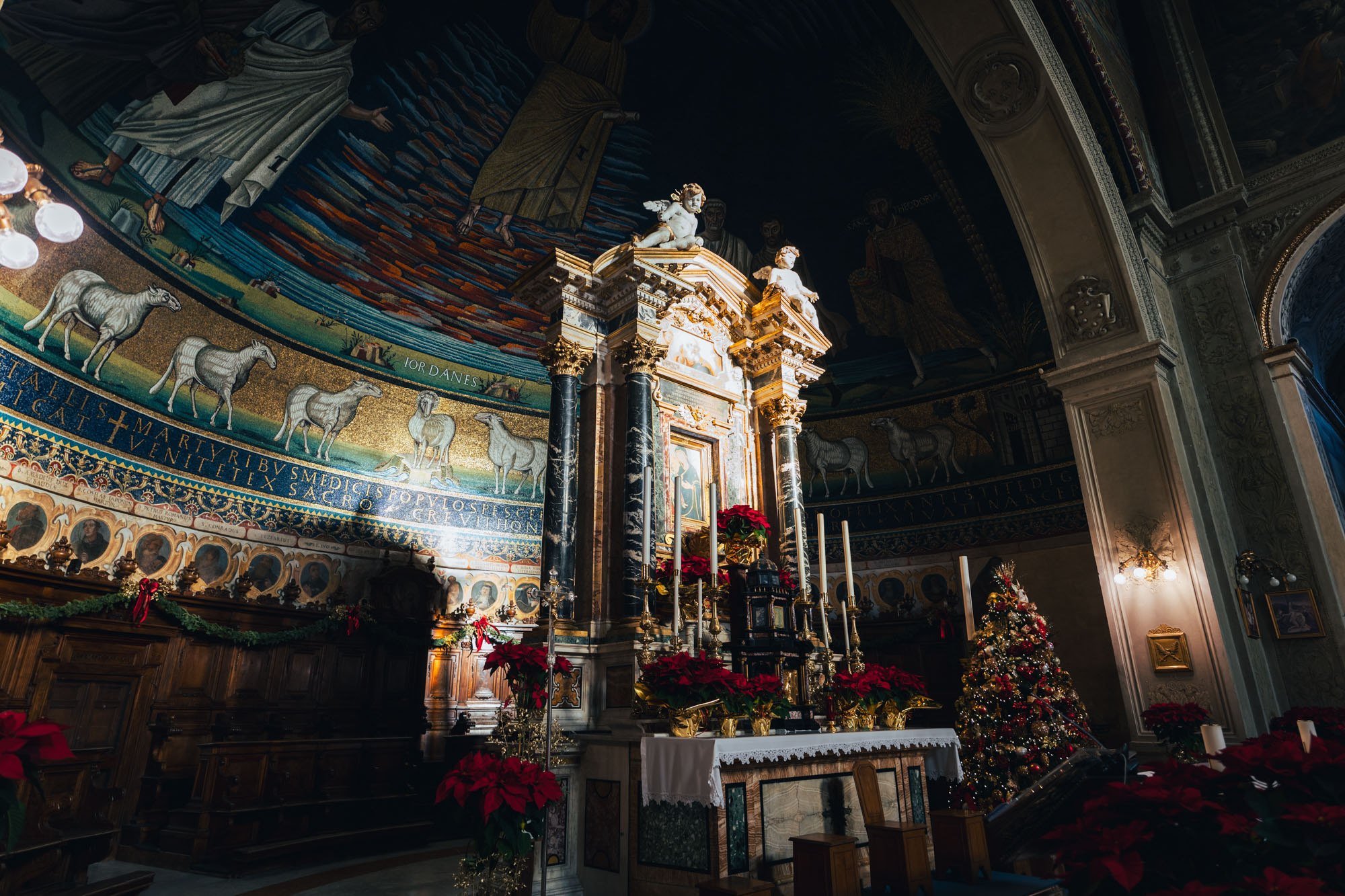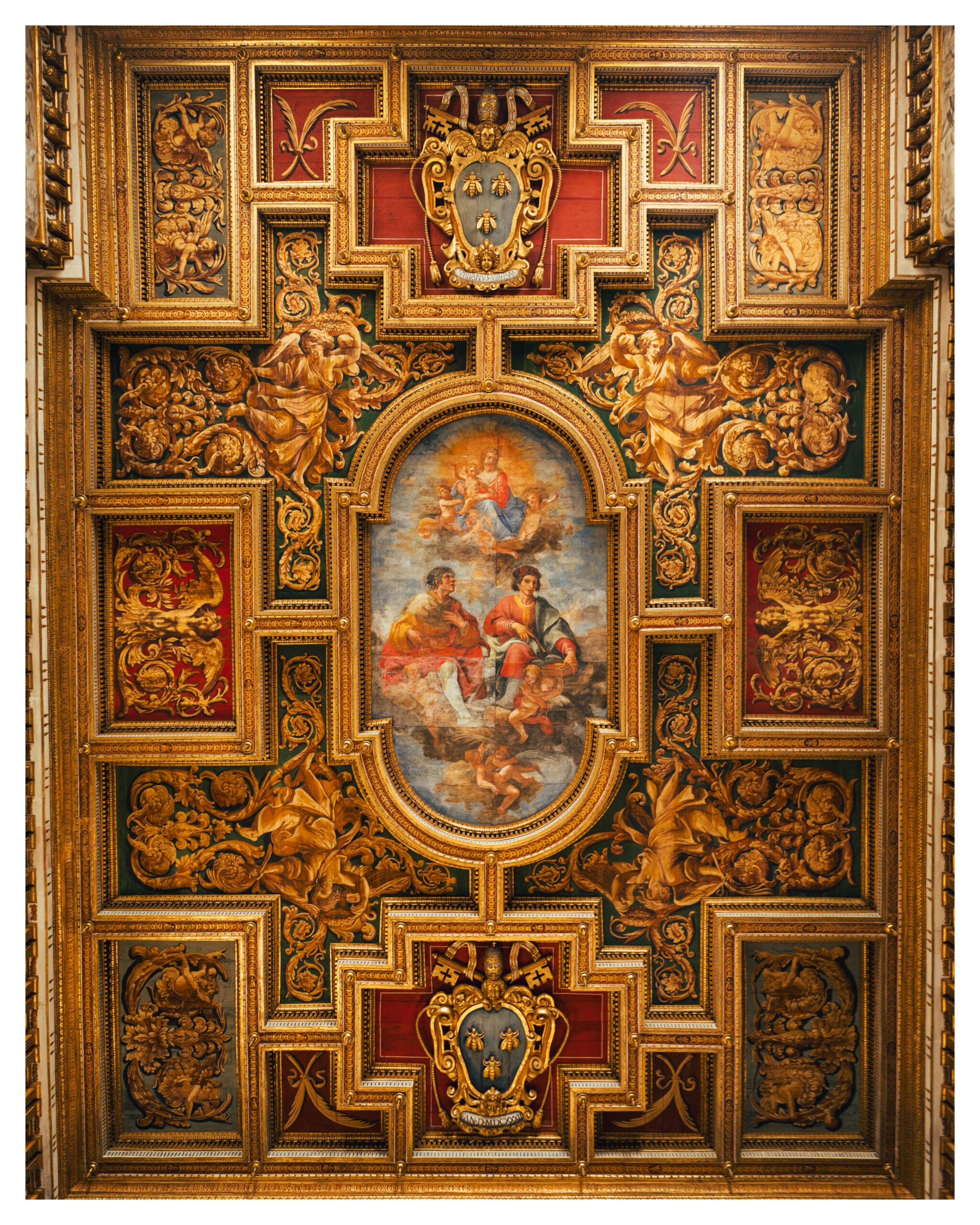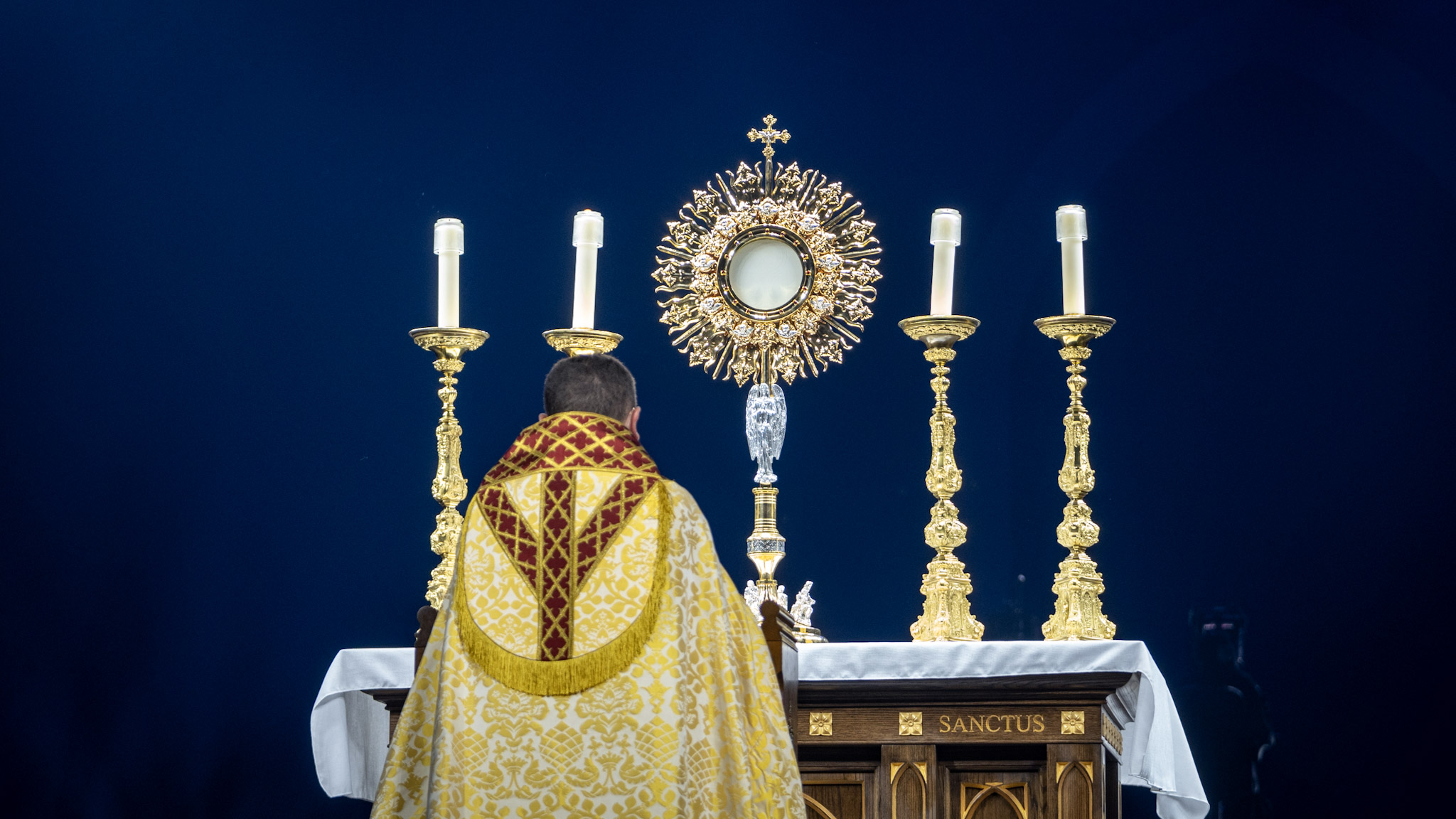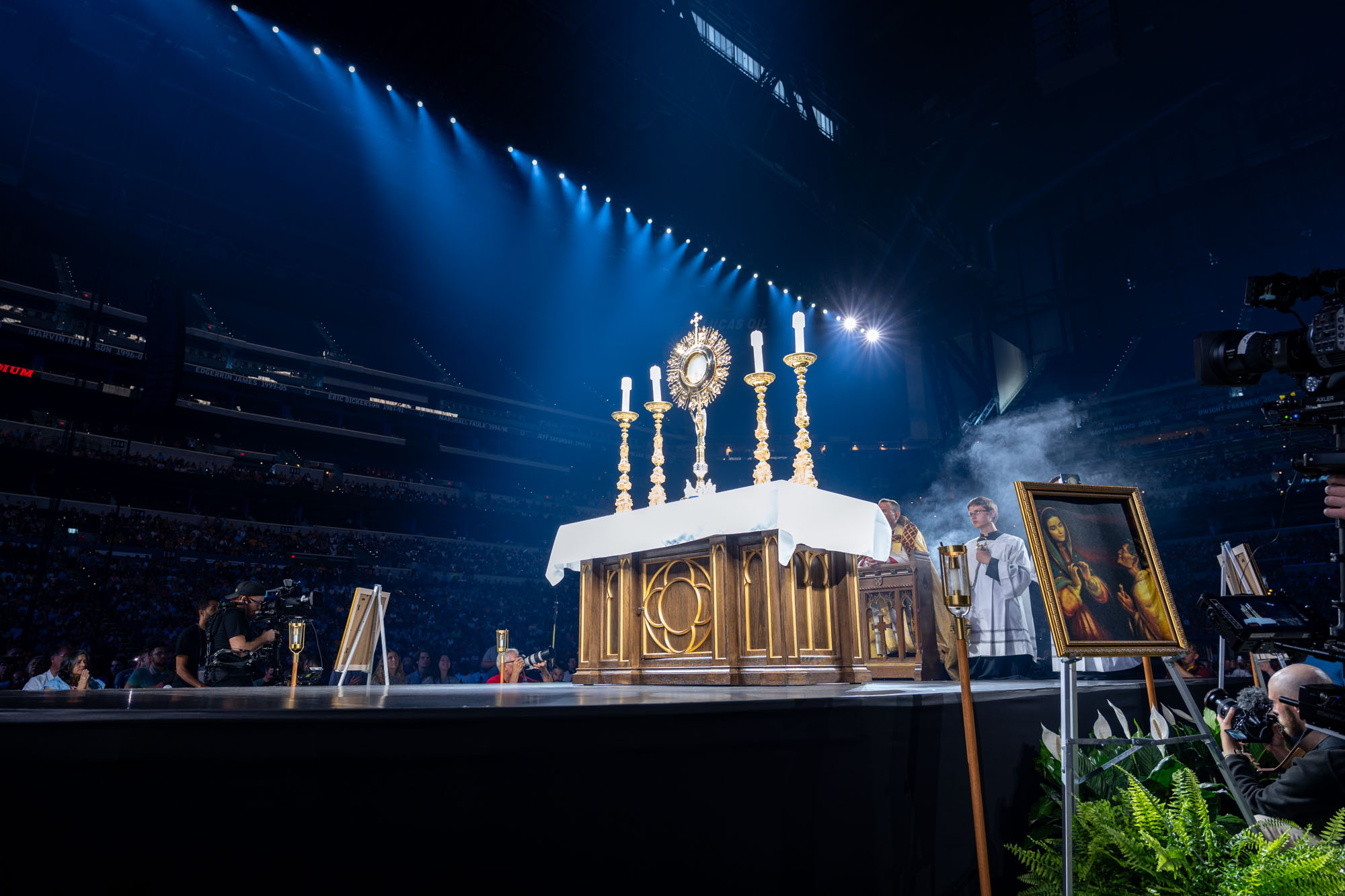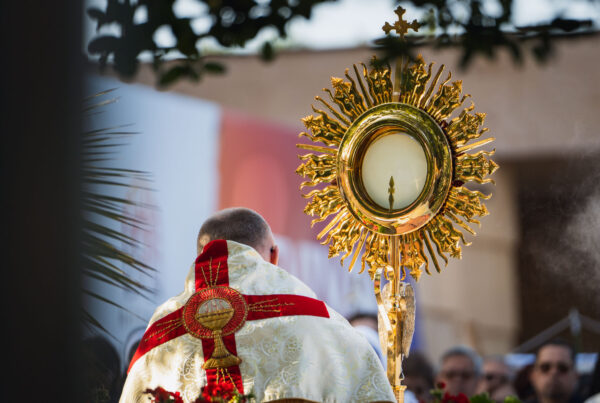I found it! On my last trip to Rome, on my way to the Colosseum, I spotted a church that said “BASILICA Ss. COSMA E DAMIANO”, I was “home” :), I turned immediately and what I found made me speechless!

Introduction
Sts. Cosmas and Damian were early Christian martyrs who became widely venerated as the patron saints of physicians, surgeons, and pharmacists. Their cult spread rapidly throughout Christendom, and their legacy is honored most prominently in Rome, where the Basilica of Sts. Cosmas and Damian stands as a testament to their faith and sacrifice.
The Lives of Saints Cosmas and Damian
Cosmas and Damian were twin brothers who lived in the 3rd century AD. They were believed to have been born in the Roman province of Arabia (modern-day Syria) and later practiced medicine in the city of Aegea (in present-day Turkey). Known for their charity, they provided medical care without charging fees, earning them the title “Anargyroi” (meaning “the silverless” or “without money”).
Their commitment to both medicine and Christian faith led to their persecution during the reign of Emperor Diocletian, around 303 AD. Refusing to renounce Christianity, they were subjected to various forms of torture, including being thrown into the sea, burned, and crucified, yet miraculously survived each ordeal. Ultimately, they were beheaded, solidifying their status as martyrs of the faith.
Would you like to stay close to the Holy Eucharist all day long?
Now you can, I have 8 Holy Eucharist Wallpapers for you, so you can stay connected with Jesus Christ anywhere you are!
The Basilica of Sts. Cosmas and Damian
One of the most significant tributes to these saints is the Basilica of Sts. Cosmas and Damian in Rome. Established in the early 6th century, it remains one of the most revered churches in the Eternal City.
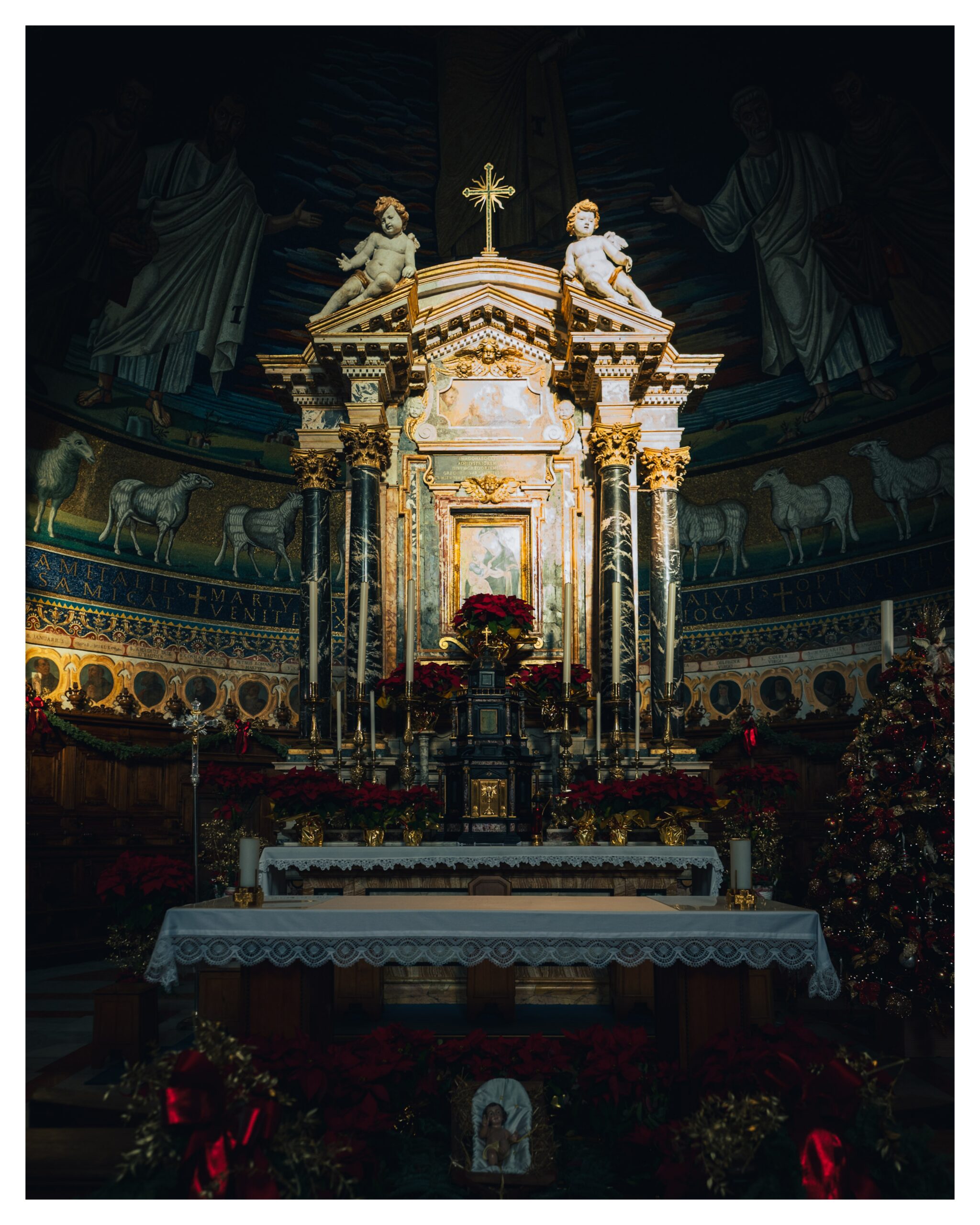 History and Foundation
History and Foundation
The basilica was commissioned by Pope Felix IV (r. 526–530 AD), who converted two ancient Roman structures—the Temple of Romulus and a section of the Forum of Peace—into a Christian place of worship. This transformation symbolized the victory of Christianity over the old pagan traditions of Rome.
The basilica was dedicated to Sts. Cosmas and Damian due to their reputation as miracle workers and healers, making it an important pilgrimage site, particularly for those seeking divine intervention for ailments.
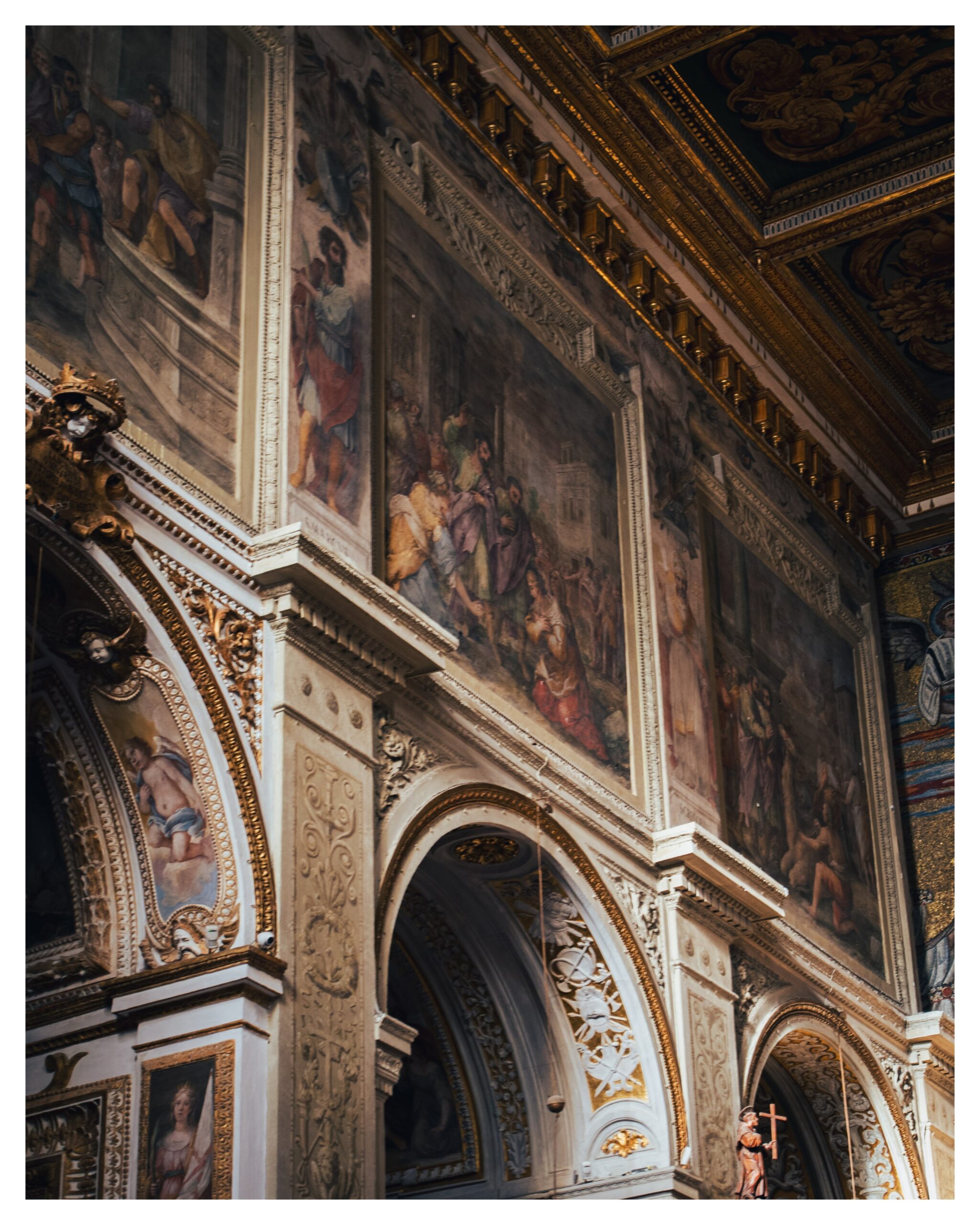 Architecture and Art
Architecture and Art
The basilica boasts one of the finest surviving Byzantine mosaics in Rome, dating back to the 6th century. The apse mosaic depicts Christ at the center, flanked by Sts. Peter and Paul, who present Cosmas and Damian to Him. Pope Felix IV is also represented, holding a model of the church as an offering to Christ. The golden hues and celestial imagery make this artwork a masterpiece of early Christian art.
Over the centuries, the basilica underwent various modifications, including restorations in the 16th and 17th centuries. Despite these changes, it retains much of its original structure and sacred ambiance.
The Legacy of Sts. Cosmas and Damian
The cult of Sts. Cosmas and Damian continued to flourish throughout the Middle Ages and into the modern era. Their feast day celebrated on September 26 in the Western Church and November 1 in the Eastern Church, remains an important occasion for honoring these saints. They are often invoked by doctors and those in need of healing.
Relics
the Basilica of Saints Cosmas and Damian in Rome houses relics of Saints Cosmas and Damian. Their remains were originally in Syria, but tradition holds that some of their relics were transferred to Rome when the basilica was dedicated to them in the 6th century.
Additionally, the church preserves other sacred relics, including bones of early Christian martyrs, which are kept beneath the high altar. The basilica has been an important pilgrimage site for centuries, especially for those seeking healing, as Cosmas and Damian were renowned as patron saints of physicians and pharmacists.
Summary
The story of Sts. Cosmas and Damian embody the Christian virtues of charity, faith, and perseverance. The Basilica of Sts. Cosmas and Damian in Rome stands as a lasting tribute to their legacy, merging ancient Roman history with early Christian devotion. Their influence endures, reminding the faithful of the power of selfless service and unwavering belief in God.

